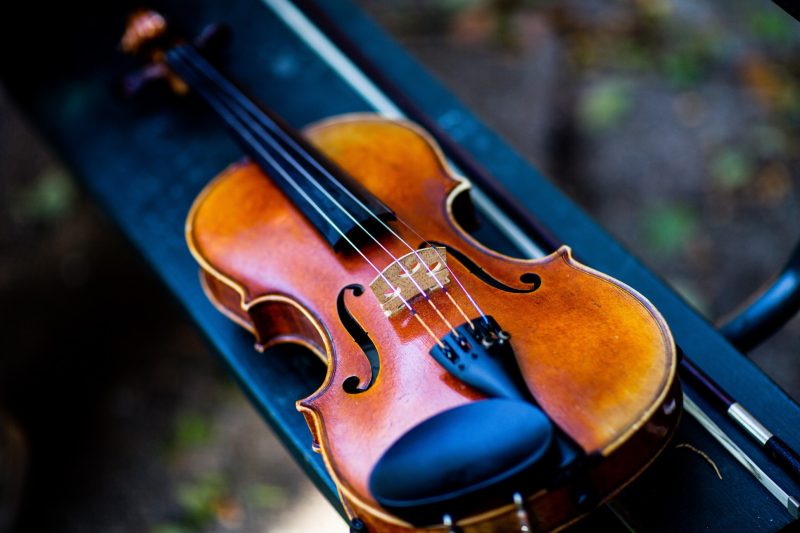Given the time period that we are in, taking up a hobby sounds like a really good idea so why not make it a classy one? Learning to play the violin is not easy, but since you have the time, you might as well try something that may become your new passion. So, how do you pick your first violin?
If you are asking yourself this question, it can feel a bit overwhelming because it’s not the sort of thing where you can just “wing it” or ask someone – you need to do some research. You’ll want to get a really good model, but also not pay too much money for it. So, how do you make the decision on which model you should invest in?
For awhile, you’ll feel like learning how to play this instrument is difficult. It’s going to feel much harder if you don’t have select one that suits your needs. Hearing the violin as you play and having it sound good is encouraging. It will make you want to learn how to develop this skill even more.
ADVERTISEMENT |
Rent or buy?
If you’re a beginner, you need to invest in a violin for beginners or as they are called, student violins. If you don’t feel really sure that you are willing to make the investment or that you’re going to keep on studying when you don’t see results, you have the option of renting an instrument.
You can rent a violin for a couple of weeks or months to see if you get the hang of it and if you enjoying playing it. If you’re doing this for your child, then renting is a good idea as they will outgrow it quickly. If you’re serious about it, then you should just make the investment and buy one so that you aren’t wasting time and money on renting.
When size matters
Don’t think a bigger violin is a better violin or that it’s easier to play. If you try to learn to play the violin and it is the wrong size, you won’t be able to develop good technique, which, in turn, could lead to health issues such as chronic pain in the neck or back and even arm injuries. Who knew a violin could be so dangerous, right?
Check online or with a professor to understand what size will work best for you. You need to take into account factors such as your age, the shape of the hand, your body size and even your physical strength. If you’re still not sure, pick a smaller violin than the one you are tempted to pick first.
ADVERTISEMENT |
How it’s built and materials
When picking a violin, these two factors are perhaps the most important ones. Violins have been made in the same way for over 300 years. Because an instrument that is hand-made is very costly, precision manufacturing has been created to make violins faster and less expensive. You can see the history and products reviewed by Sound-unsound.com.
A violin is made from special types of tonewood (including maple and spruce). If you want to know more about the quality of the violin, check the depth of carving on the scroll. If the carving is deep, then you are dealing with a good instrument, created by an expert, probably by hand.
If the joining areas found around the body are tightly fit, that’s another hint you are looking at a fine specimen. Don’t forget that the neck and the endpin have to line up, as otherwise, you are going to have problems playing the instrument.
Ask a professor
You can also speak to anybody that you may know who has knowledge in this area. Check with a violin teacher, with somebody working at a violin shop or with somebody who repairs violins. A person who does this is called a luthier and especially given how much people have moved away from classical music, they’ll be more than happy to talk to you!
Probably any luthier you’ll meet will have knowledge about the best violin for your needs. They will know what brands are respected in the community and what features it should have in order to perform well. While a salesperson may be tempted to lead you to a certain item, a luthier doesn’t have anything to gain from this discussion so they’ll provde the best advice.
ADVERTISEMENT |





